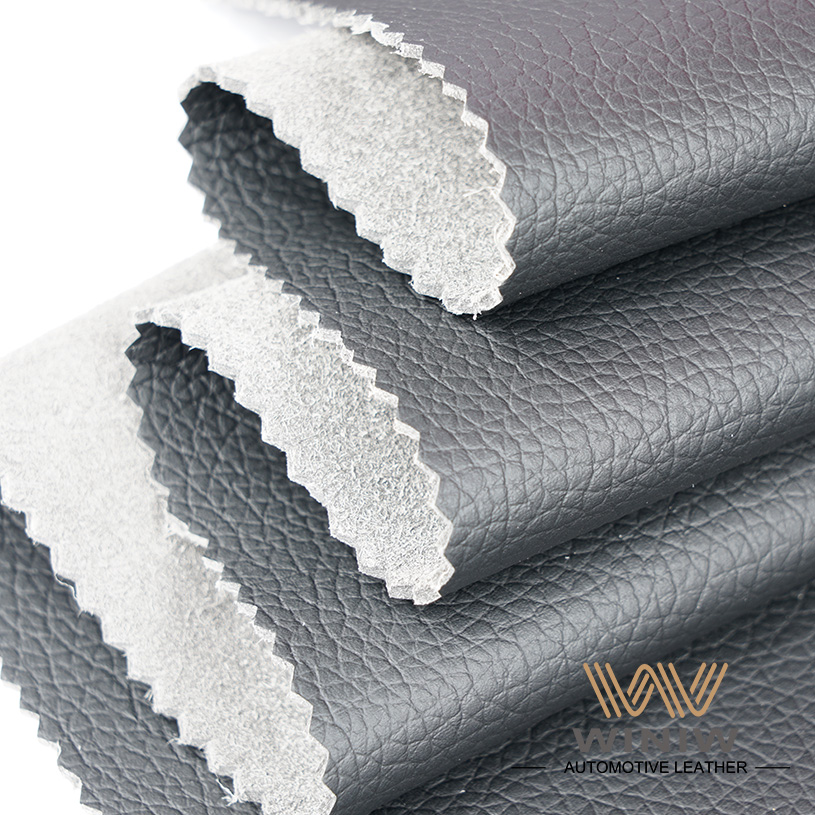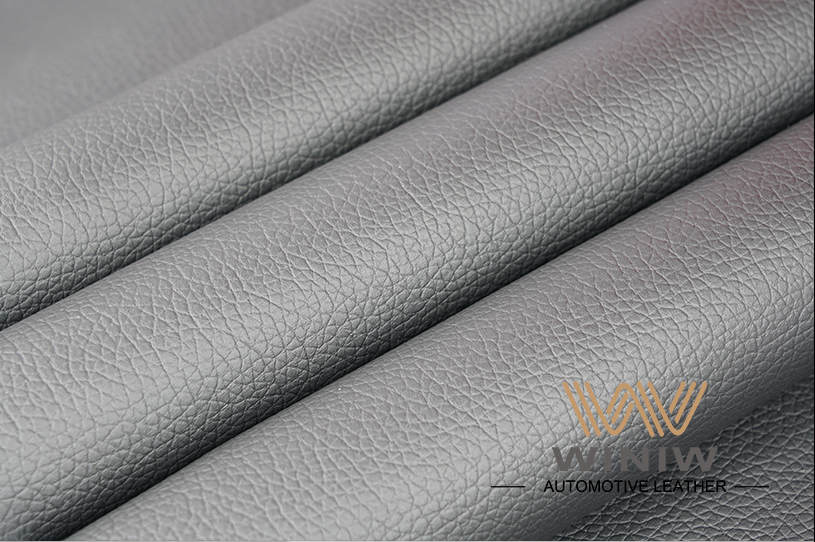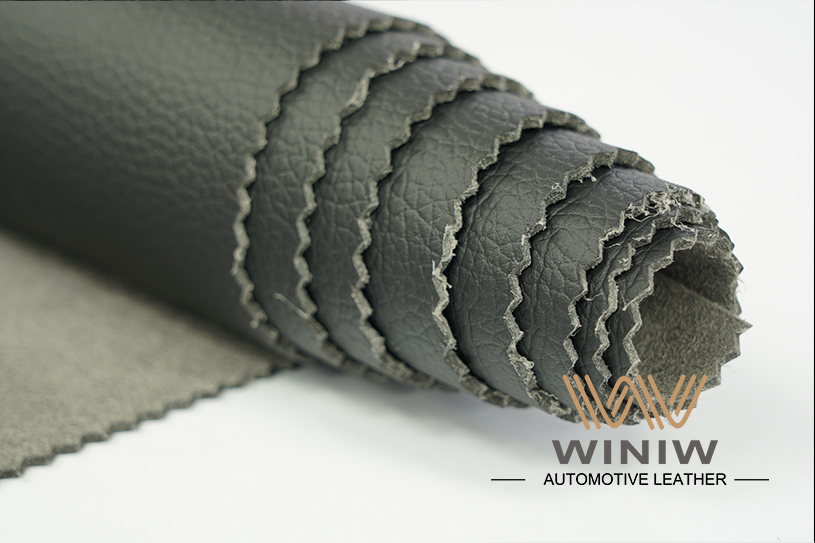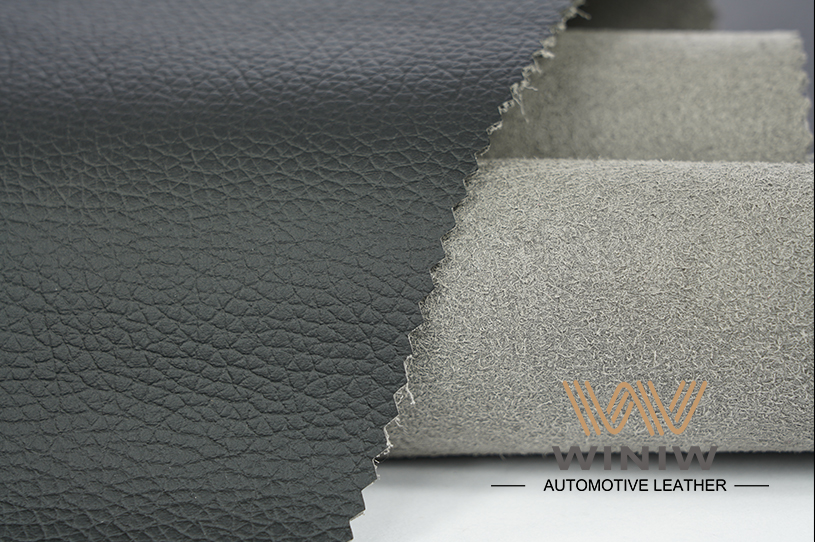18 jul
BMW Fu Lexi: Acelerando el empuje de la digitalización 25 Vehículos eléctricos en 2023
El 2 de julio, los 2019 La Conferencia Mundial sobre Nuevas Energías se celebró en Boao, Hainan. Señor. Klaus Fröhlich, R&D Director de BMW Group, fue invitado a asistir y pronunció un discurso de apertura sobre la construcción…
Lee mas 23 Abr
Según la exposición de los internautas, un Tesla en Shanghai de repente se encendió espontáneamente en el sótano. El funcionario de Tesla dijo más tarde que después del accidente, la compañía envió al equipo a la escena por primera vez anoche y está contactando activamente a los departamentos relevantes….
Lee mas 17 mar
¿Es seguro el cuero PU??
PODRÍA (poliuretano) el cuero es un material sintético comúnmente utilizado como sustituto del cuero genuino. Es una alternativa rentable y libre de crueldad que ofrece texturas y acabados similares al cuero real.. El cuero PU es ampliamente utilizado en la ropa., Zapatos, pantalón, mueble,…
Lee mas 
05 jul
AAITF2020 – La 20ª AAITF (Shenzhen) Feria comercial
¿Qué es AAITF2020??
AAITF 2020 es el corto de “La vigésima industria del mercado de repuestos automotrices internacional de China & Afinación (Shenzhen)Feria 2020″.
Fecha:
21 – 23 Febrero, 2020 (09:00 – 17 :00)
Sede:
Convención de Shenzhen & Centro de exposiciones • China
Organizador:
Exposición Co. del tarso de Guangzhou Jiuzhou,…
Lee mas 07 sep
Al comprar un auto, la gente siempre presta más atención al interior, y en el interior, el material del asiento también puede mostrar el lujo del interior. ¿Qué tipo de materiales se utilizan generalmente para los asientos de automóviles?? Are car leather seats genuine…
Lee mas 03 Ago
La imitación de cuero es cuero artificial., el cuero simulado está hecho de PVC, PODRÍA,PE y otros materiales de procesamiento de película delgada, con una variedad de textura y color, resistencia al desgaste, resistencia al frío y color, brillo, patrones de patrón y otras industrias ampliamente utilizadas en la confección, Zapatos, Artículos de cuero,…
Lee mas 03 jun
Según un instituto de investigación del transporte de EE. UU., En la actualidad, los usuarios de automóviles dedican cuatro veces más tiempo a desplazarse al trabajo que en 1982. Como resultado, Los fabricantes de automóviles y sus diseñadores han planteado la importancia de los interiores de los automóviles.. La misma altura que el…
Lee mas 05 mar
Xu-heyi, Presidente del Grupo BAIC, compartió sus pensamientos sobre la profundización de la cooperación abierta y la promoción del desarrollo de alta calidad de la industria del automóvil. Xu Heyi dijo que se han reducido los aranceles de importación., y la proporción de acciones de empresas conjuntas ha disminuido gradualmente.
La industria automotriz china es…
Lee mas 28 Abr
Al limpiar el coche, asegúrese de mantener la gamuza húmeda, y la gamuza no se puede usar seca. Antes de usar gamuza, sumergirlo en agua, luego atorníllalo en seco, y luego limpia el coche. Lávelo después de usarlo y luego séquelo hasta que se seque.….
Lee mas 12 Abr
¿Qué es el cuero automotriz?? De qué está hecho el cuero automotriz?
¿Qué es el cuero automotriz??
El cuero del automóvil es un material ideal para los asientos interiores del automóvil.. Las características de los materiales de cuero., excelente durabilidad, no puede ser reemplazado, especialmente su vida útil y durabilidad, incluso si algunas partes del…
Lee mas 





